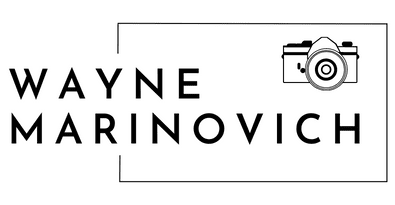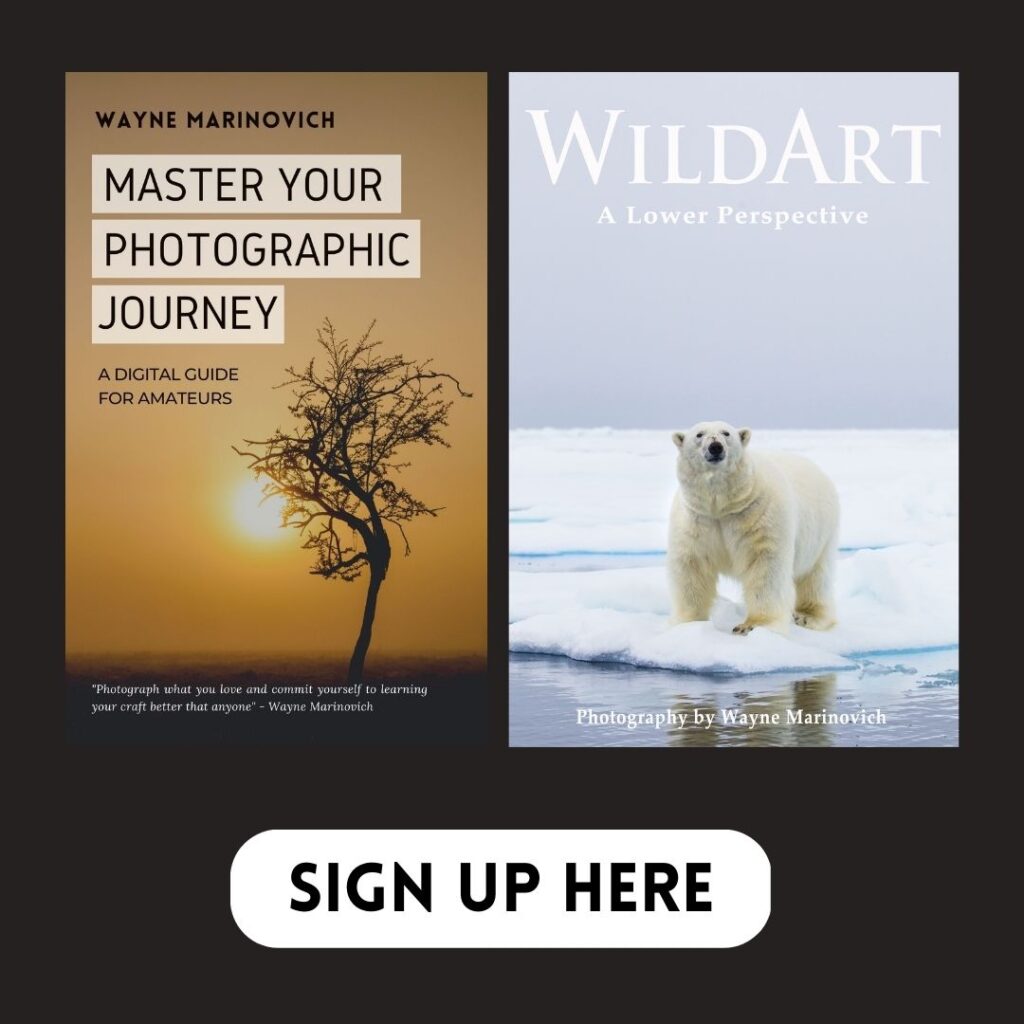The Philosophy of Light in Photography
“Wherever there is light, one can photography.” – Alfred Stieglitz.
The word “photography” has Greek roots and is derived from the phrase meaning “Drawing with light.” I’ve always loved that derivation because it helps drive me when picking up a camera. It helps to form my philosophy of each photo I take – it is light or nothing at all.
Genre is irrelevant. Camera equipment is irrelevant. Composition is irrelevant. The most beautiful subject or vista in front of you will look terrible in the dark – it is all about the light. That is all.
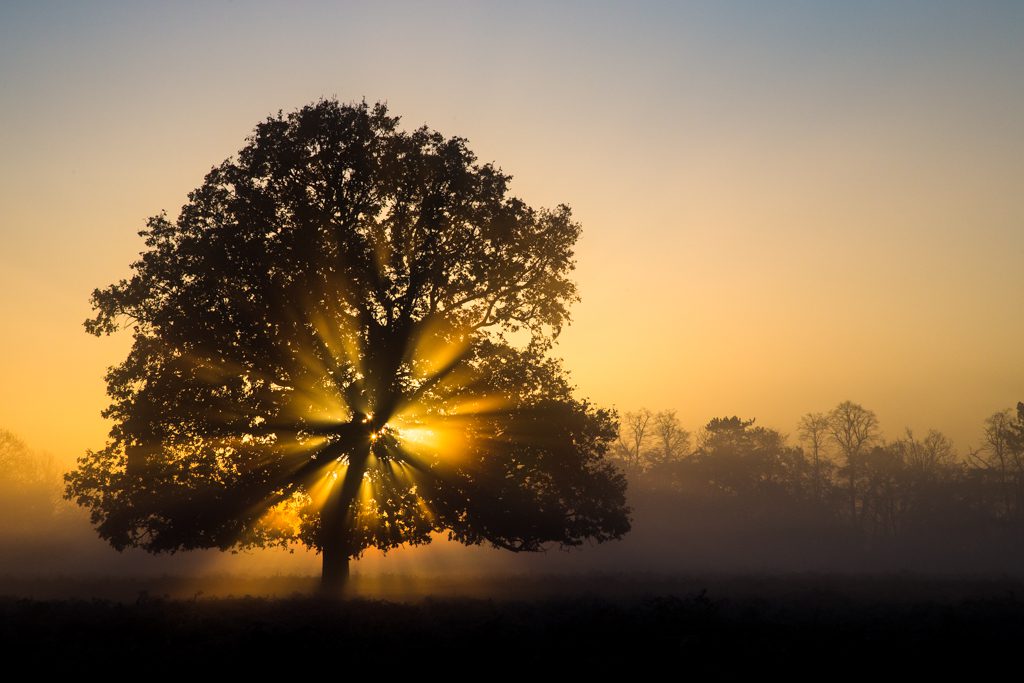
Light is all that matters in photography. Aided by a fine November mist, the sun highlights the dark tree and exaggerates the shape of the trunk and branches. Taken in Bushy Park, London
What is light?
“What makes photography a strange invention is that its primary raw materials are light and time.” – John Berger.
I don’t want to take you back to those boring science lessons at school, so won’t go into all the long scientific explanations. I’ll simply add a few things to explain why it is essential for photographers.
Light is a type of wave much like the waves of the ocean or sound waves of your favourite music travelling at incredible speeds. We, as humans, can see a specific spectrum or range of light that exists in our world. The spectrum is made up of certain colours which we can see and those like ultraviolet light etc., which we can’t see, but other species (bees and other insects) can.
How we humans see the light is when it hits something and reflects into our eyes. Take the moon, for example, which has no light source of its own but reflects light from the sun into our eyes. Something I’ve always marvelled at. There are three types of light that we can see – Sunlight, reflected light and manufactured light.
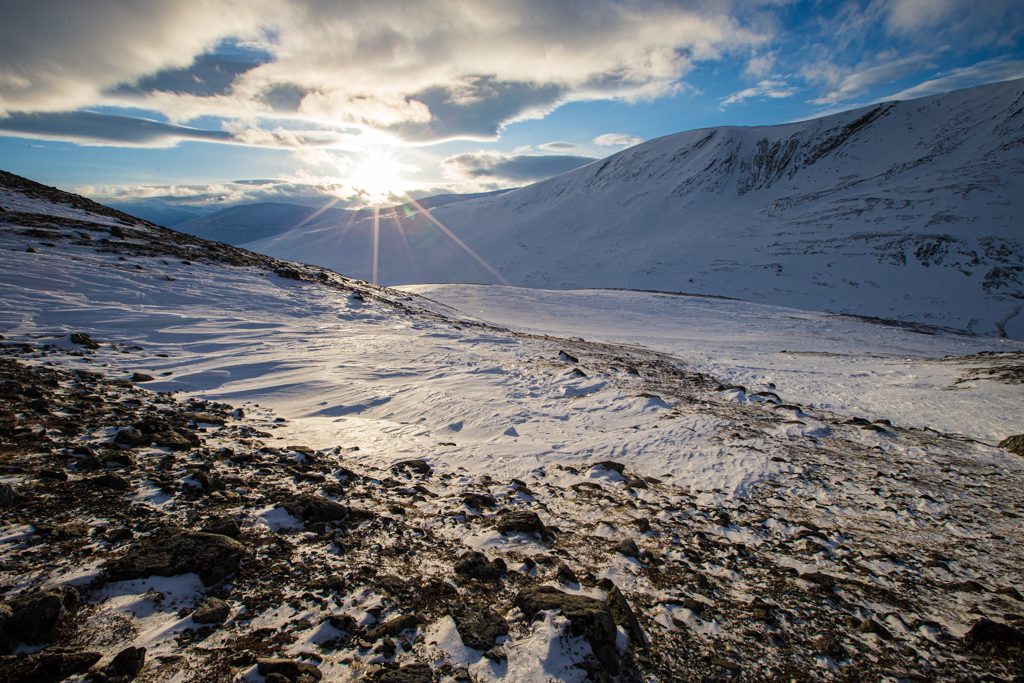
The low light of winter in the northern hemisphere means that the textures of a normally bland foreground show up as the contrast between light and shadow is highlighted. Taken in Dovrefjell–Sunndalsfjella National Park, Norway
There are many aspects that go into making good photos consistently. Line, shape, form, texture, colour, and arrangement of subjects or elements. None of which serve any purpose to us in the dark.
Photography exists because we can see well-lit subjects and have the technology to record them. Of course, technology is progressing all the time, and we can now photograph in much darker environments than we used to. Your goal on your photographic journey is to learn to see the light in ways that you can use and manipulate it.
What are its properties?
Because light is a physical wave, it has specific properties that you can use in your craft. It can be reflected, refracted, dispersed or diffused, or polarised. It means that you can use tools like lens filters, diffusers, off-camera lights, and flash guns to showcase your creative visions.
And most importantly, light contains colours. Light is comprised of different lengths called wavelengths, and each wavelength is a particular colour. The broad spectrum of colours is contained in light, which is perceived as white (segmented out, for example, in a rainbow). Coloured objects we photograph appear so because they reflect specific wavelengths while absorbing others.
How do we see and use light?
Start by looking for contrasts.
The second most important lesson in photography, after understanding the direction of light, is learning to see subjects all over again. You need to change how you see the world by looking at all the everyday things you’ve taken for granted. Seeing with new eyes takes practice and is a wonderful thing when it happens to you. That realisation will come to you at a different time to others because we’re all on our own photography journey – so keep at it. Learn to see the new out there (composition and creativity), then understand how light can help you take a better photo.

Travel photography is about shooting when the best light is available. The contrast of low morning light over breakfast adds to the 3D appearance. Shot at f16 to help create the sunburst. Taken in Imerovigli, Santorini, Greece
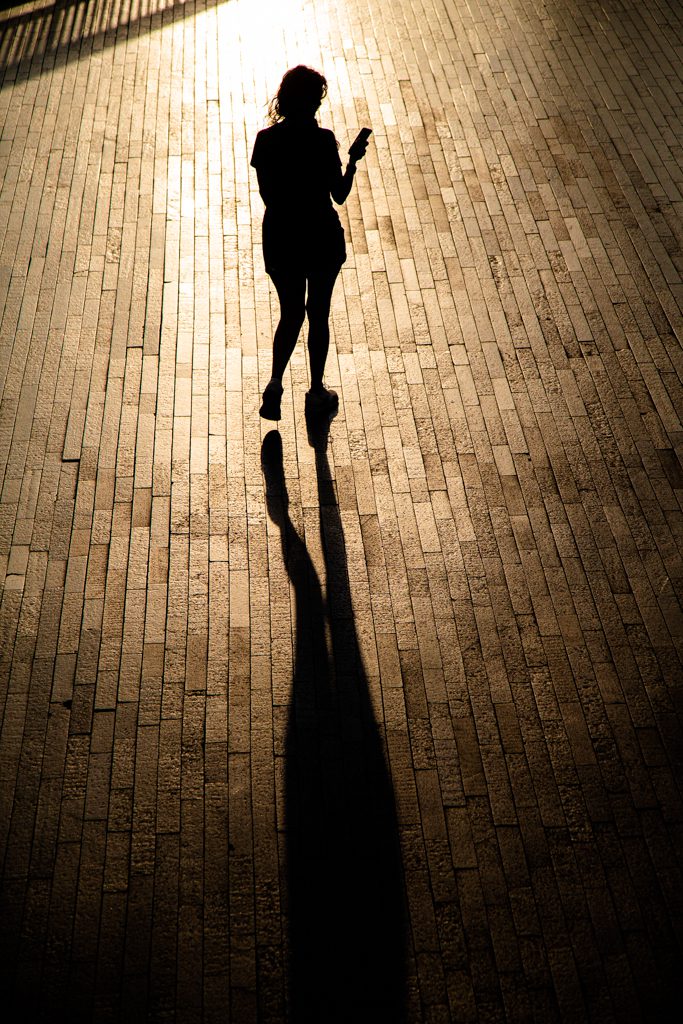
Backlighting can either be used to create a soft ethereal tone in well-exposed photos or show the hard edges of a silhouette that has been stripped away of all details. Taken on the Thames Embankment, London
The best way to start that journey off is to look for contrasts between light and dark all around you. Look at common objects you’re used to seeing every day and note how the light falls on them. It doesn’t matter if it’s a sunny day or an overcast one. Study bright areas versus shadowy ones. Look how light falls on subjects as you walk around. Where are the shadows? You’ll notice the contrasts in the light on your subject, adding more texture and depth. They no longer seem two-dimensional as the shapes spring to life via the dark recesses that escape the light.
Now that you understand the importance of light on your subject, you need to start understanding how to use it.
“The hardest job of the photographer is seeing the way the camera sees.” – David DuChemin.

The early morning light coming from the right helps show up the contrasts of the shapes of the cathedral, adding texture and depth. Taken in Florence, Italy
How we use it
As a photographer, you need to think of yourself as a painter with light. You’re there to capture a portrait, scene or abstract. All of which require not just illumination but a feel for what you are trying to say. Harsh light will add contrast and shadow, adding strength and an edginess to the subject. Diffused light will soften the subject showing a smoother transition between light and dark. Changes, in contrast, can help show different emotions, and you can control those creative emotions by controlling your lighting.
There are a few ways that you use light. If you are a people person and love portraits, you will encounter two main challenges. Using natural light or having to create a light source. By turning your subjects around on the spot or changing location, you can control what light (and its direction) falls on them. If you photograph a group of people or commercial products indoors, you may need artificial light, whether off-camera lighting or on-camera flash.
If you’re a landscape or urbanscape photographer, you may have a stationary subject but naturally moving light sources, whether sun or cloud (clouds can be great diffusers of harsh light). This means that you must plan your photo around the time of day and weather. As a wildlife photographer of many years, I shot in all types of weather but was always aware that the best lit subjects were photographed at sunrise and sunset.
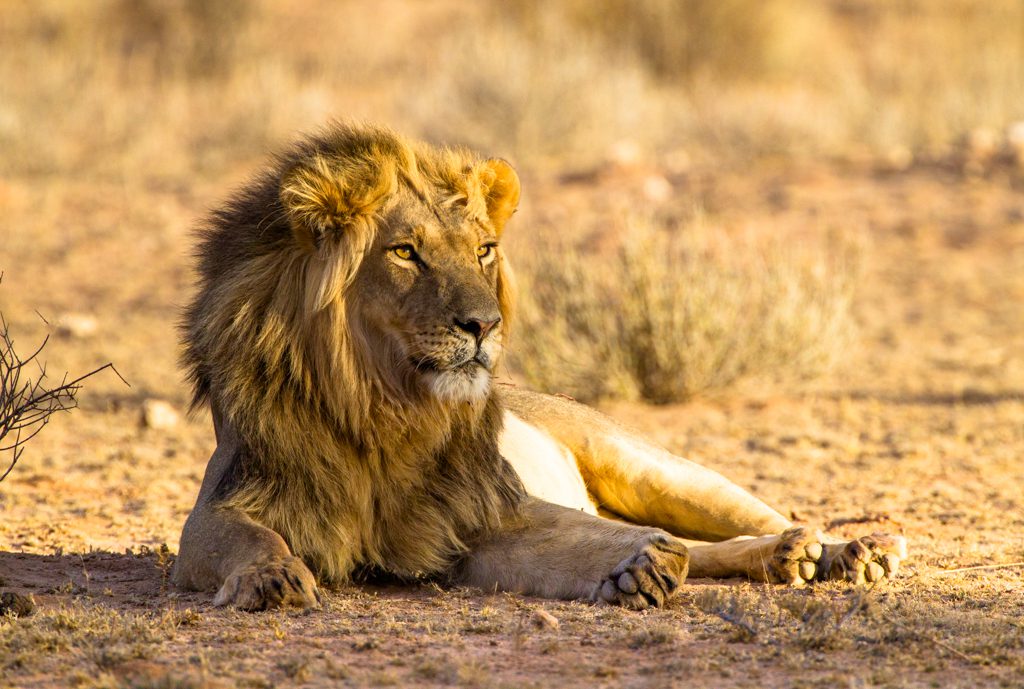
Golden light in a golden riverbed. A Black-maned Lion chilling after a kill. Taken in the Kgalagadi Transfrontier Park, South Africa.
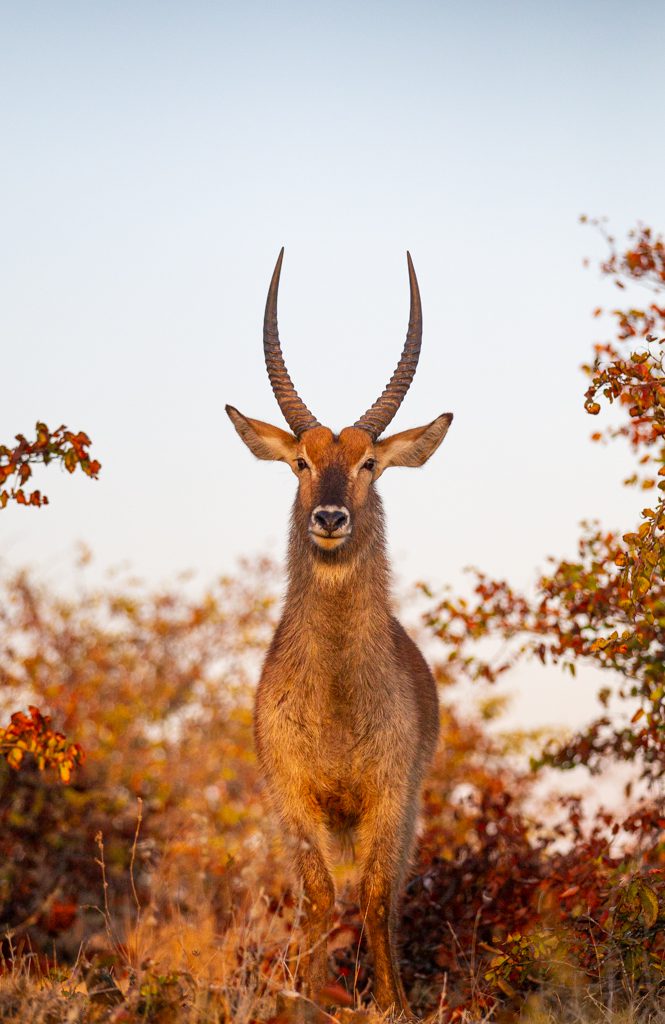
Common Waterbuck at the side of the road facing the rising sun. Shot from the car window as this male took in the warmth after a cold night. Perfect front lighting. Taken in the Kruger National Park, South Africa
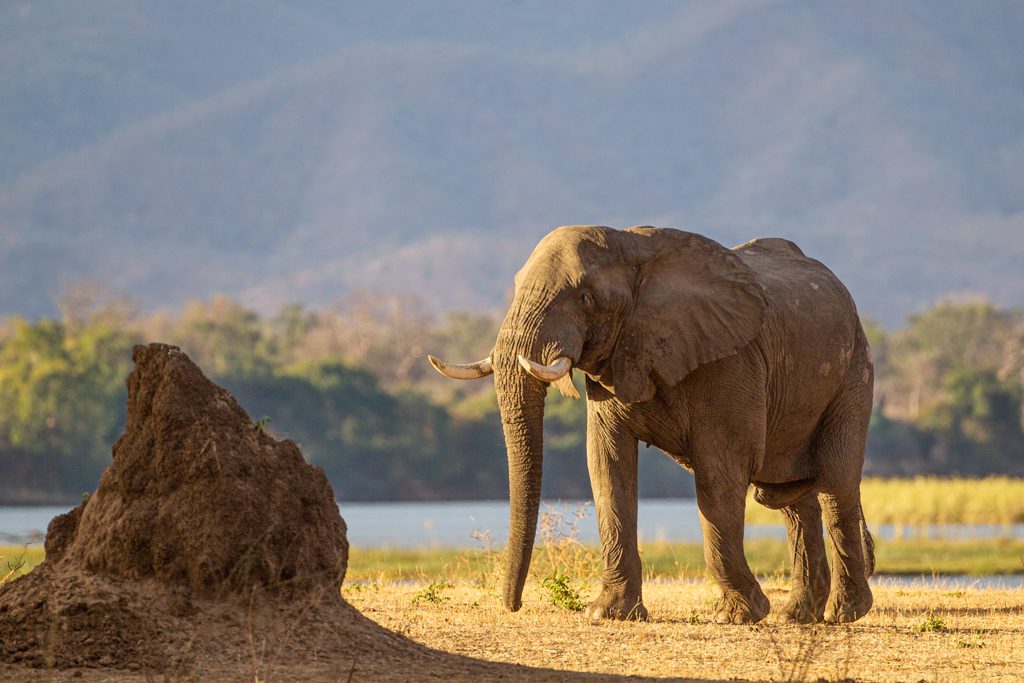
Elephant walking into the low evening sun. Side lighting here because he turned as he walked. You cannot control the sun or the animal, so get ready to shoot in all types of lighting. Taken in Mana Pools, Zimbabwe
Front lighting, backlighting and side lighting are natural starting points to understanding the basic directionality of light. Walking around and photographing strangers on the street in the bright sunlight could lead to an uncomfortable conversation. Rather use your pets, parents, children, or siblings as models. They won’t even know that you’re studying how the light falls upon them.
Your journey to start seeing photos out there begins with light and how it lights up your subject. This teaches you how to see it, and next, you have to set your camera up to record that light, and that’s called exposure. Getting a perfectly exposed photo tasks years to understand and master but starts with seeing the light.
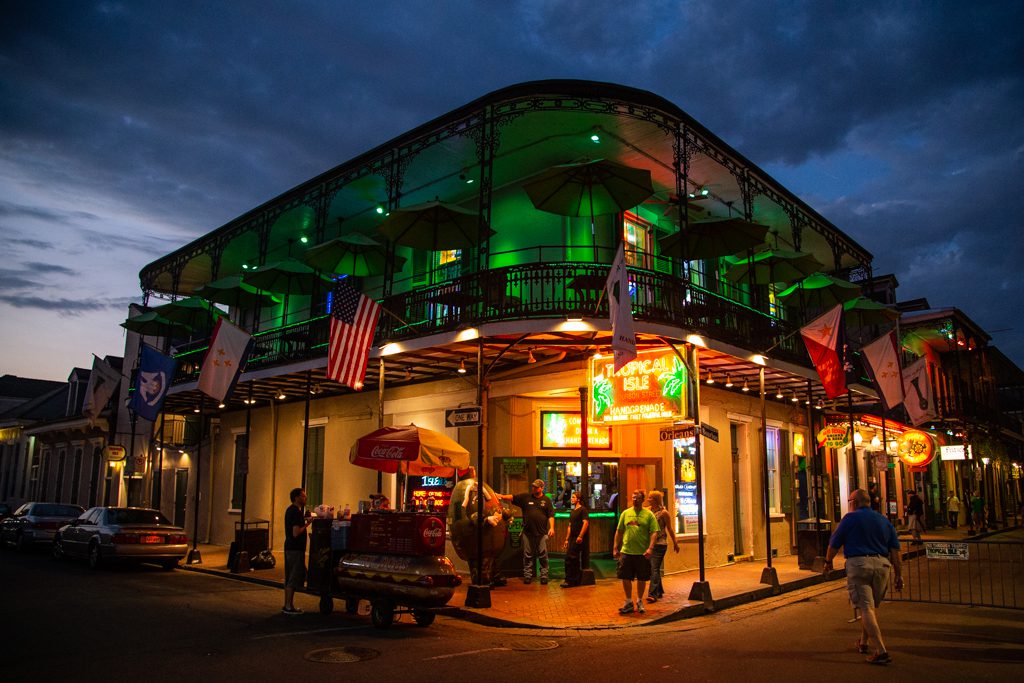
As an urban photographer, this is my favourite lighting. Mixed lighting with the blue sky of the evening and the manufactured coloured lights of the shows and bar. Taken in Bourbon Street, New Orleans, Louisianna, USA
If you are interested in finding out about my 1-2-1 sessions – CLICK HERE.
Or
Get 2 FREE ebooks when you sign up for my newsletter.
